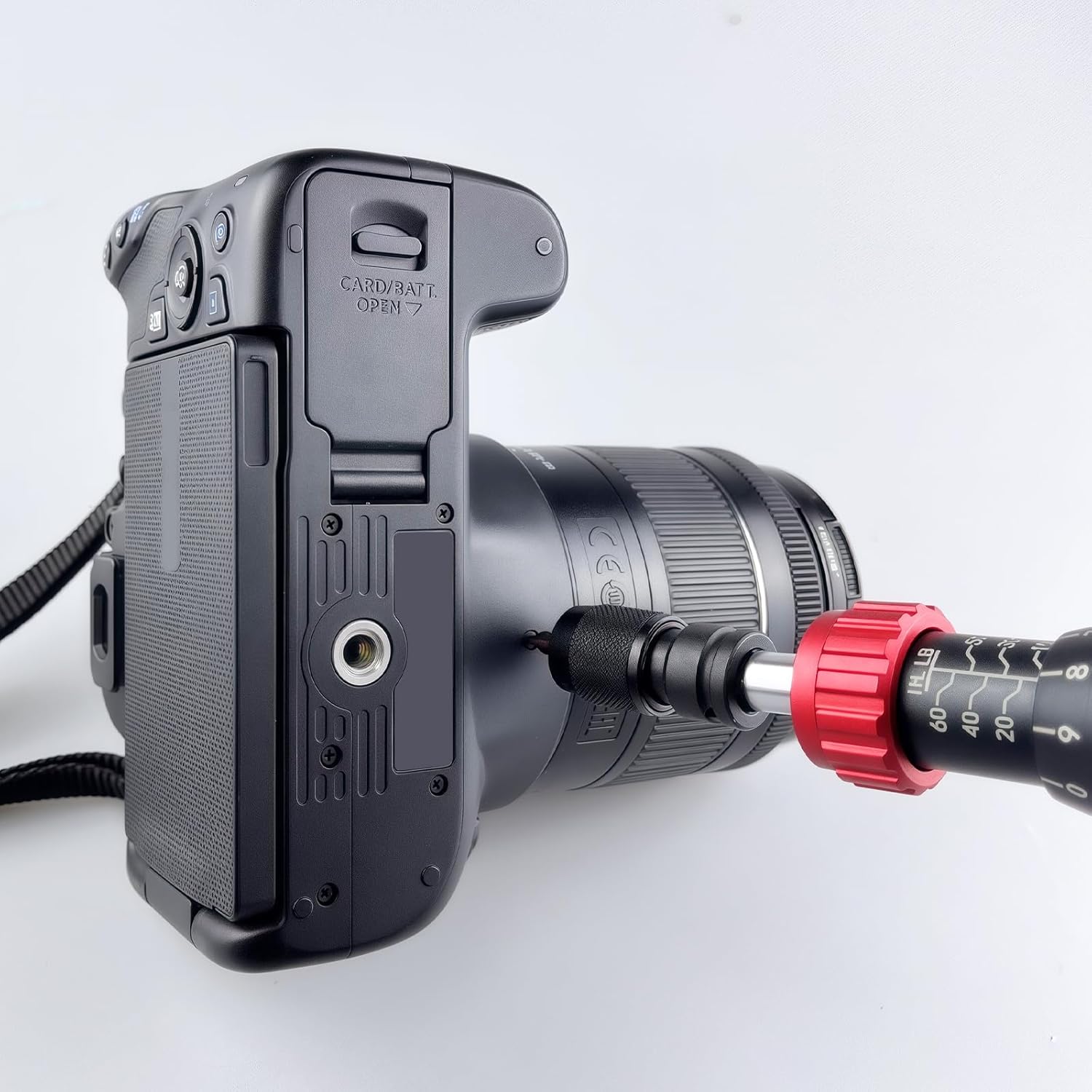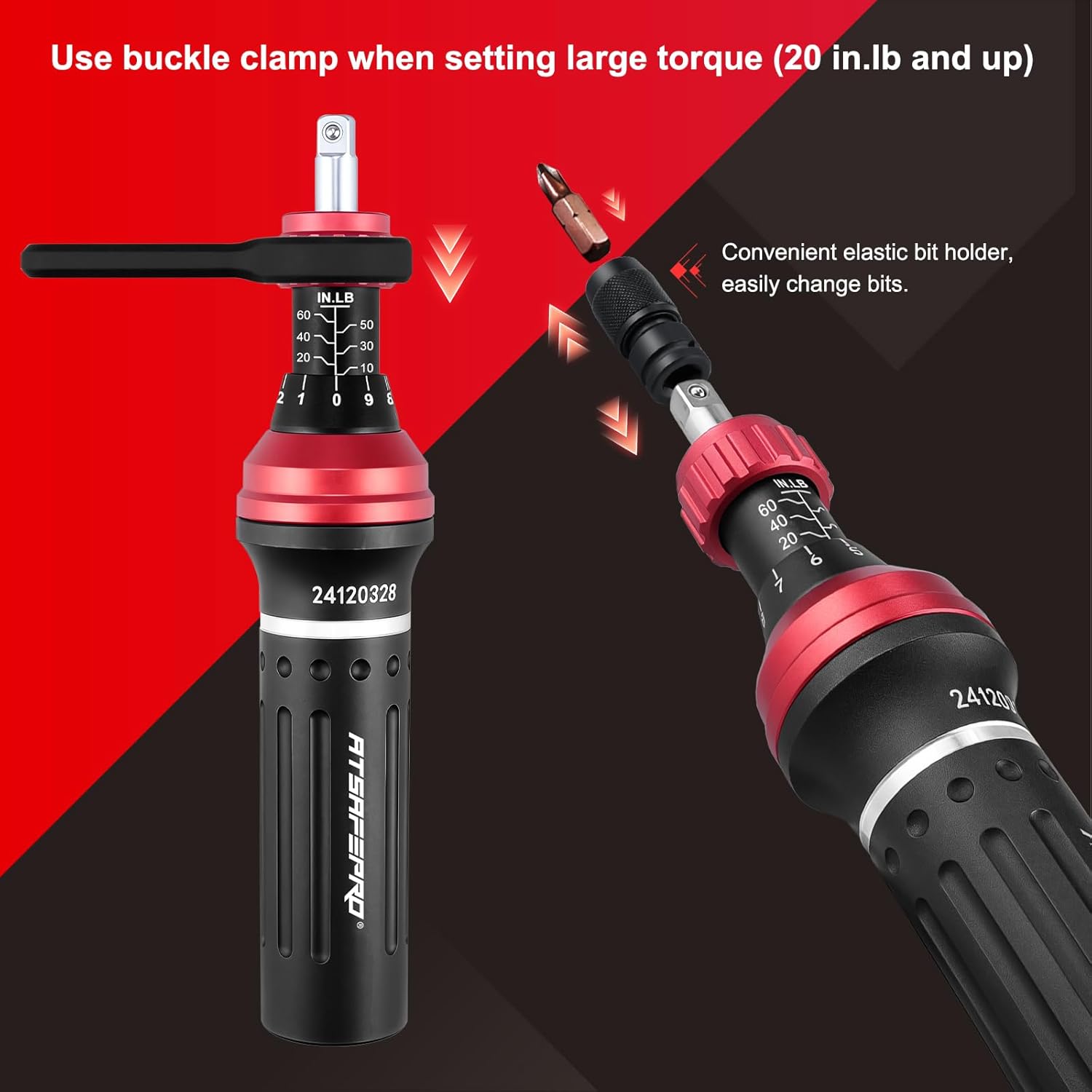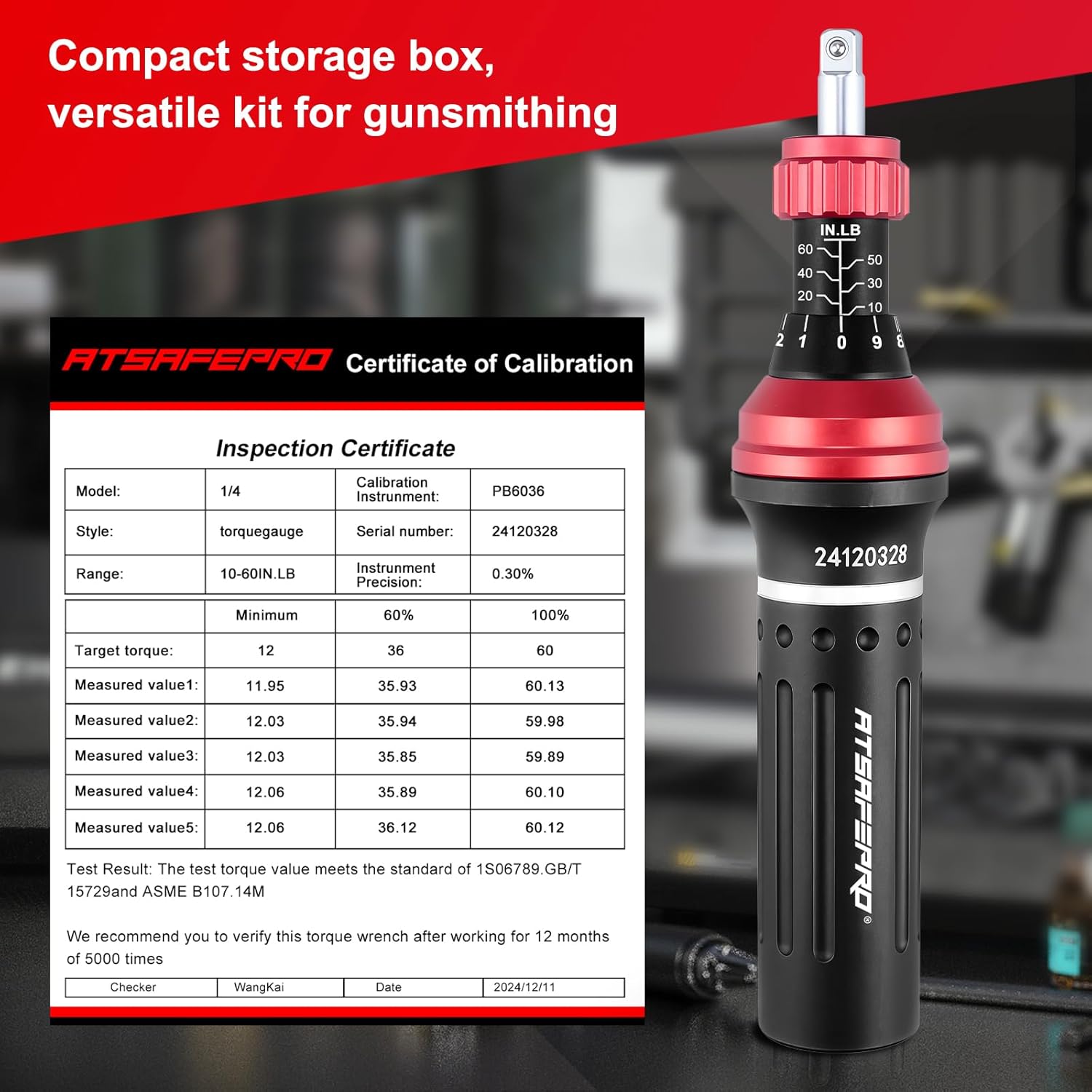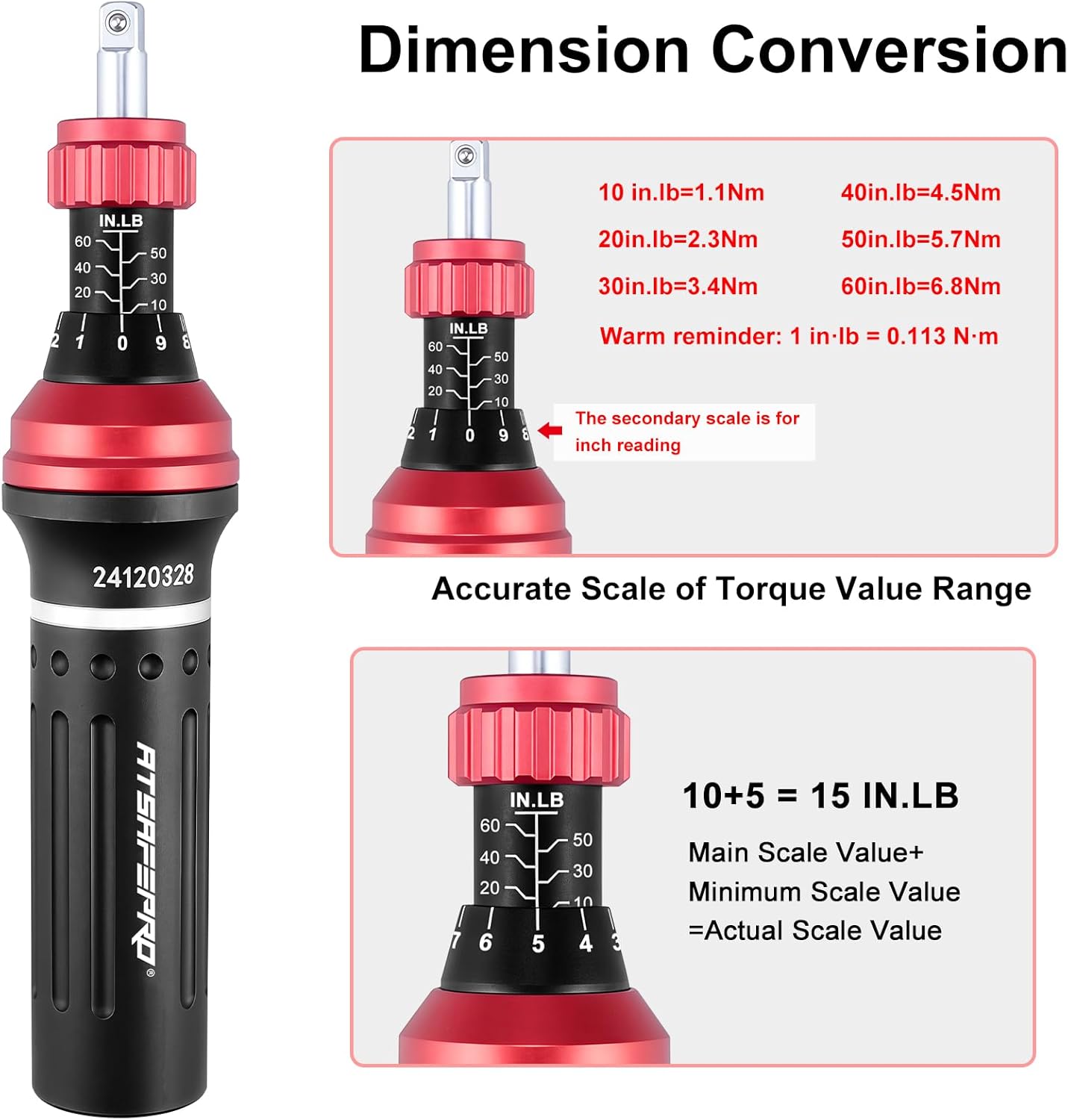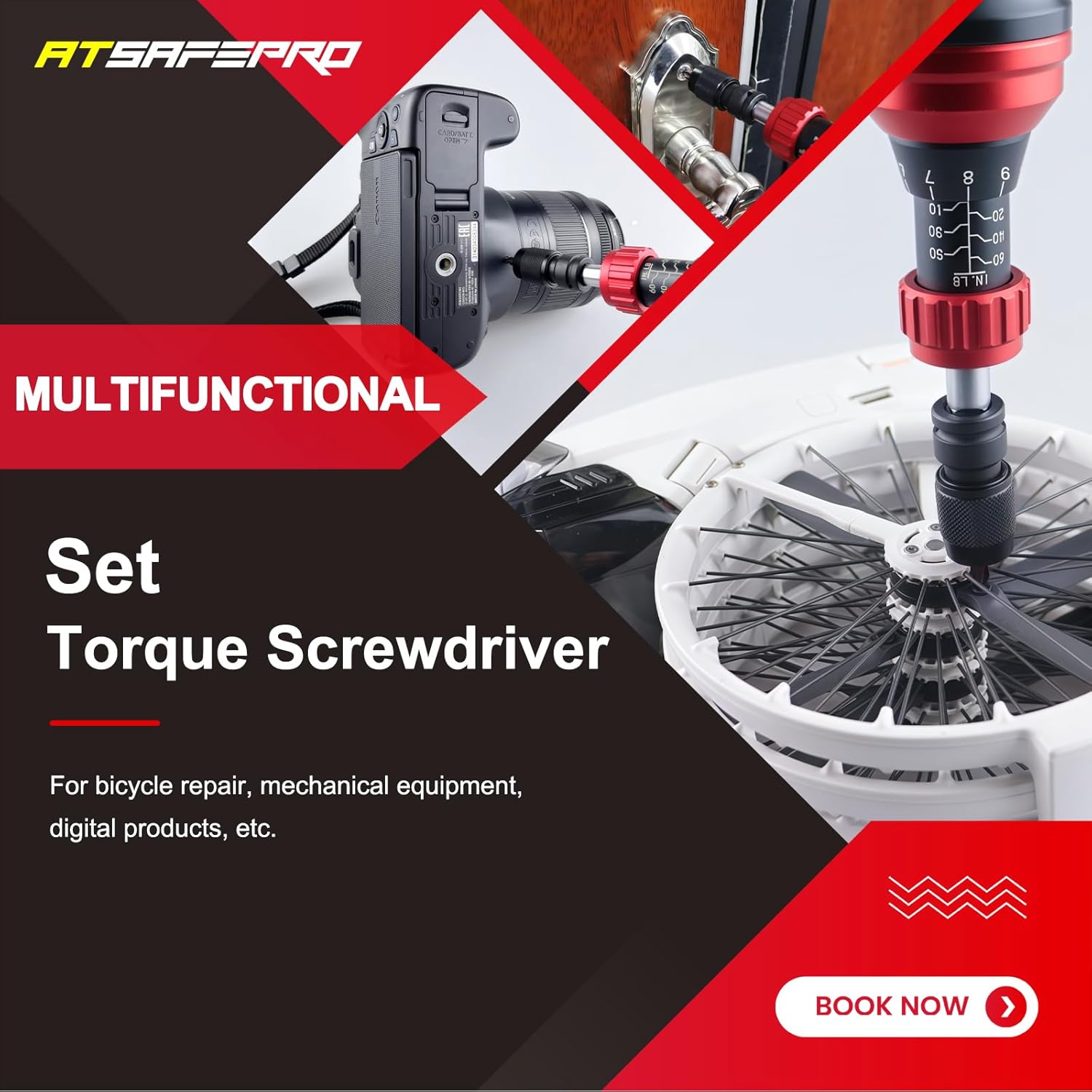A Guide to Choosing Your Next Torque Wrench: Digital vs. Mechanical
For any serious mechanic, cyclist, or DIY enthusiast, precision is not just a goal; it is a necessity. Overtightening a bolt can lead to stripped threads or damaged components, while under-tightening can result in parts coming loose, posing a significant safety risk. This is where a high-quality torque wrench becomes one of the most critical tools in your arsenal. It allows you to apply a specific, measured amount of rotational force to a fastener, ensuring every connection is secure and to specification. But when you start shopping, you’ll quickly find yourself at a crossroads: should you choose a modern digital torque wrench or a classic mechanical torque wrench? This guide will break down the key differences to help you make the right choice for your toolkit.
1. Accuracy and Precision: The Core Difference
The primary reason for using this type of tool is accuracy, and both types deliver it, but in different ways. A digital torque wrench typically offers the highest level of precision. Using an internal strain gauge and electronic circuitry, it provides a precise reading on an LCD screen. Many digital models boast an accuracy of +/- 1% to 2%, and they eliminate the guesswork of reading a manual scale. They often provide feedback through audible beeps, lights, or vibrations as you approach and reach the target torque, making it nearly impossible to overtighten a fastener. This level of exactness is crucial for high-performance engine work or delicate carbon fiber components where specifications are incredibly strict.
On the other hand, the mechanical torque wrench has been the industry standard for decades for a reason. The most common type, the click-style wrench, uses a calibrated spring and lever mechanism. When the preset torque is reached, the mechanism breaks over, creating a distinct “click” sound and a slight give in the handle. While they are highly reliable and accurate, their precision can be slightly lower than top-tier digital models, often in the +/- 3% to 4% range. Their accuracy is also more dependent on proper use and regular calibration, as the internal spring can wear over time.
2. Ease of Use and User Feedback
When it comes to user-friendliness, the digital models often have an edge, especially for beginners. Setting the torque is as simple as pressing a few buttons, and the clear digital display confirms your setting instantly. Many units can easily switch between different measurement units like newton-meters (N.m), inch-pounds (IN.LB), or foot-pounds (FT.LB), which is a massive convenience when working with different manuals and specifications. The multi-sensory feedback (beeps, lights) ensures you know exactly when you've hit your mark, even in noisy environments.
However, there is a satisfying and tactile simplicity to using a mechanical tool. The process of twisting the knurled handle to line up the markings on the barrel and micrometer scales becomes second nature with practice. The definitive click is a universally understood signal that the job is done correctly. A well-designed mechanical tool feels robust and connected, offering a purely physical interaction that many seasoned professionals prefer. It doesn't rely on batteries or screens, just a reliable internal mechanism that works every time.
3. Durability, Maintenance, and Power Source
In a rugged workshop environment, durability is paramount. This is where the mechanical models truly shine. With fewer complex parts and no sensitive electronics, they are built to withstand the bumps, drops, and grease of daily use. Their all-metal construction makes them incredibly robust. Maintenance is straightforward, primarily consisting of storing it at its lowest torque setting to relieve pressure on the spring and having it professionally calibrated periodically, typically once a year or after a certain number of cycles. A digital torque wrench, by contrast, contains sensitive electronic components and an LCD screen that can be damaged by impact or exposure to extreme temperatures and moisture. It also requires batteries, which can die at an inconvenient moment, potentially halting your work. Careful handling and storage are more critical for these advanced tools to ensure their longevity.
4. The Best of Both Worlds: Modern Mechanical Design
While the debate between digital and mechanical continues, modern tool design has produced exceptional mechanical options that bridge the gap, offering precision and user-friendliness without the need for electronics. Consider a modern torque wrench designed with dual-range measurement units, allowing for effortless switching between inch-pounds and newton-meters. This feature alone enhances versatility for a wide range of tasks, from delicate electronic assemblies to more robust automotive jobs. A sleek, durable finish, such as a metallic red coating, not only adds a professional look to your toolbox but also provides an extra layer of protection against corrosion. Paired with a black knurled grip, it ensures a firm, comfortable hold, reducing slippage and user fatigue during extended projects. An easy-to-read, high-contrast scale is crucial for setting torque accurately and efficiently, while a finely engineered head with a crisp, clear click mechanism provides the unmistakable confirmation that the precise torque has been achieved.
5. Making the Right Choice for Your Toolkit
Ultimately, the best tool for you depends on your specific needs, work environment, and budget. If your work demands the absolute highest level of precision, data logging, and advanced features like angle measurement, investing in a quality digital torque wrench is a wise choice. It offers unparalleled accuracy and a user-friendly interface that can streamline complex tasks. However, for the vast majority of professionals and hobbyists who need a reliable, durable, and accurate tool for automotive, motorcycle, or general shop use, a high-quality mechanical torque wrench remains an unbeatable option. It provides fantastic value, rugged dependability, and the satisfying feedback that mechanics have trusted for generations. Whichever path you choose, adding a reliable torque wrench to your collection is a fundamental step toward achieving professional, safe, and long-lasting results in all your projects.



